How to Help a Child with Anxiety in Theme Parks
Featured Post
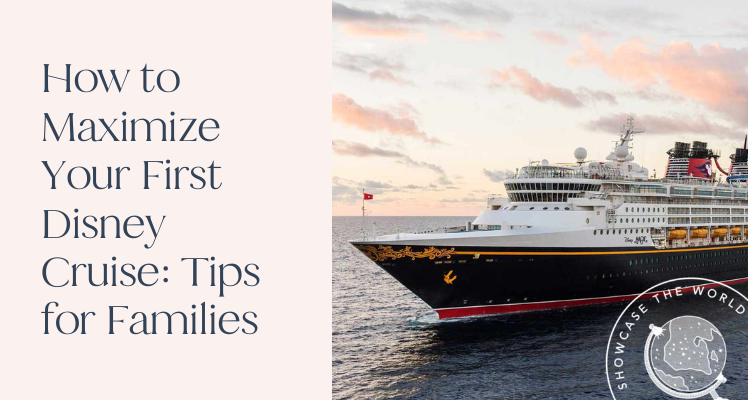
Categories
Walt disney world
ACCOMMODATIONS
DINING
TOURING
other theme parks
DISNEY LAND
Universal orlando
Family cruising
Disney cruise line
River cruising
cultural experiences
ADVENTURES BY DISNEY
relaxing beach destinations
everything else
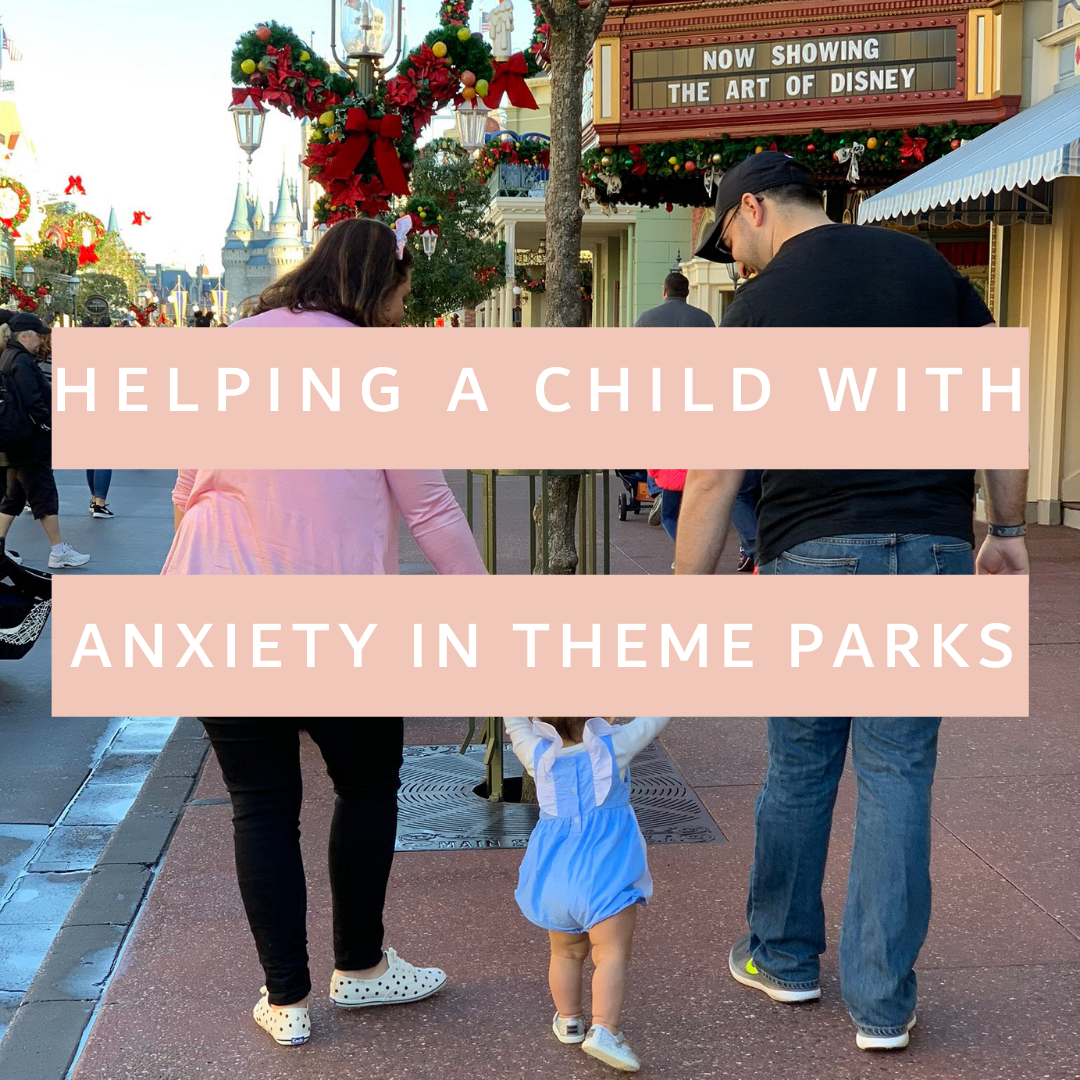
Guest Post By Chelsea Williams
When you think about your upcoming family vacation, you may feel you’re supposed to imagine nothing but smiles, fun, and magic! However, if you have a child who’s sensitive to certain stimuli and likely to experience some anxiety in theme parks, you may have a layer of worry underneath all the excitement.
What if my child feels anxious but I don’t recognize it?
What if I accidentally contribute to their triggers?
What if they can’t participate in all the activities we have planned?
What if they feel guilty or ashamed about their worries?
What if my child has a panic attack?
Even if your child does not have severe or diagnosed anxiety, it’s helpful to be prepared to constructively move through any triggering experiences that could arise in a new environment.
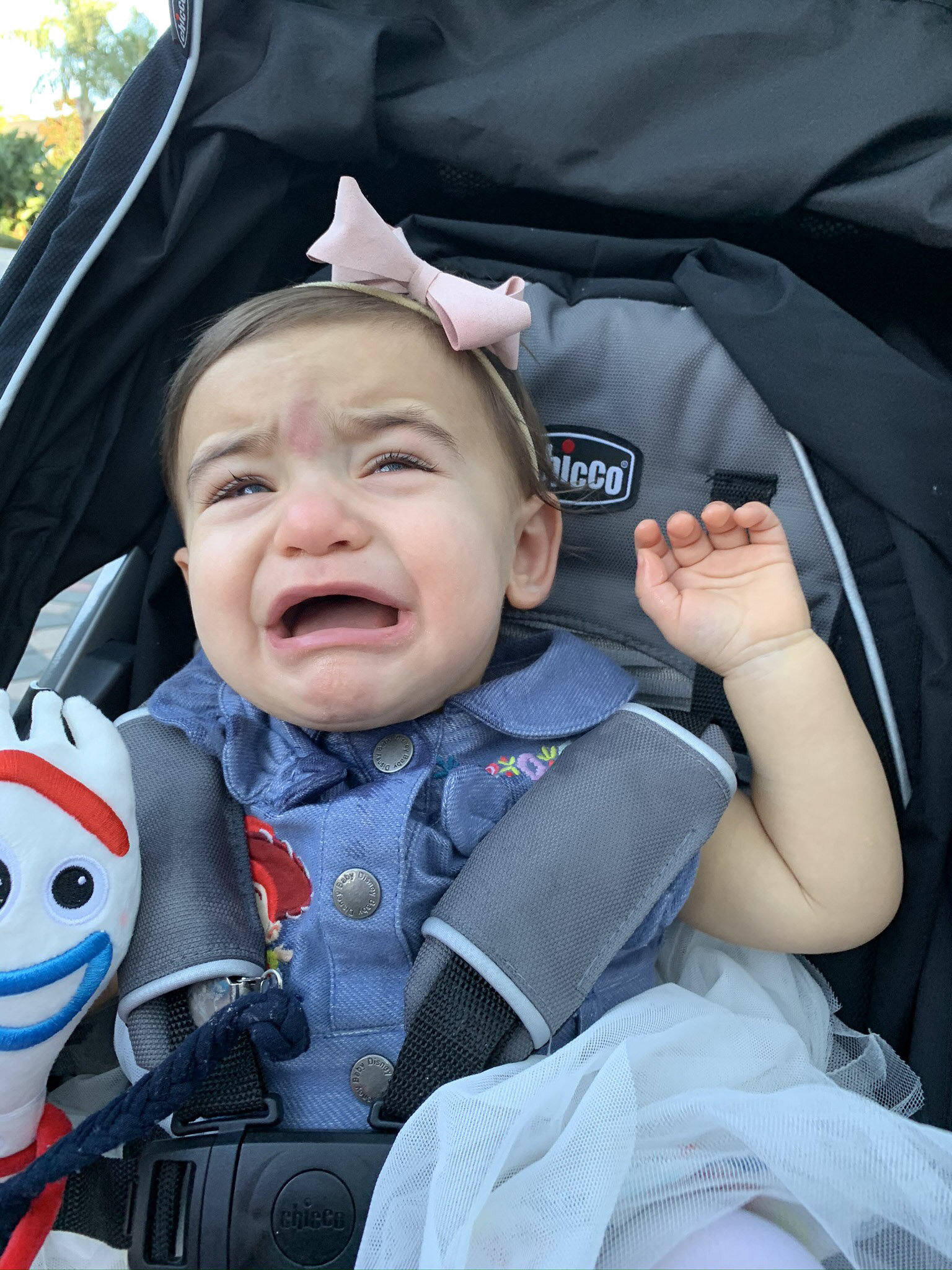
What’s Happening When a Child Has Anxiety Symptoms
Anxiety is a physiological response to a threat. Even if someone else’s triggers seem irrational to us, their body is going through a very real experience of perceiving danger and responding in a way that will get their attention.
Your child’s body is likely to display anxiety long before they can explain it to you. You’ll notice signs such as:
-
Lack of eye contact
-
Shaking or fidgeting
-
Curling up or withdrawing
-
Insomnia
-
Shallow breathing
-
Irritability
These are examples of the fight-or-flight response in action. Something has triggered the sympathetic nervous system and it’s doing its job in trying to protect your child in that moment. That trigger could be anything from the sight of a Disney character to the sound of screams coming from a nearby roller coaster. Depending on their age, your child may have no idea what has upset them.
The good news is that you don’t have to identify the exact trigger in order to help them come out of this anxious response.
Why Exposure to Triggers is Not the Answer
Especially with environmental triggers such as large crowds or scary rides, there is a common misconception that we should encourage kids to face their fears. It may seem like forcing them to go in the Haunted Mansion or to see a show that freaks them out is helpful, but the opposite is true. Exposure to the things that have traumatized us (to any degree!) in the past can make the anxiety response worse.
So what can we do instead?
We need to offer positive co-regulation – letting our kids borrow a bit of our own regulated state when they can’t access their own – and consistent emotional safety in order to help them heal.
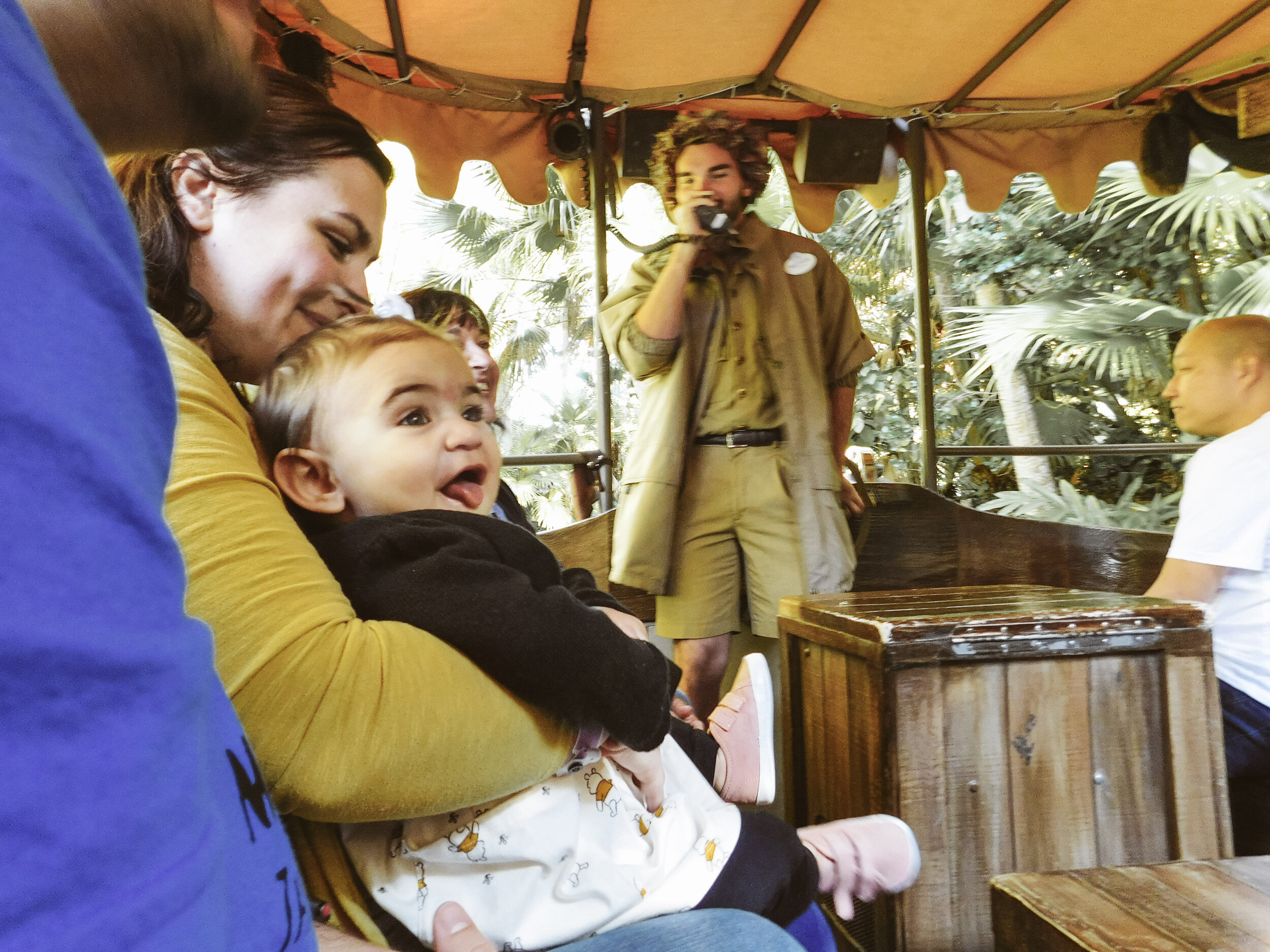
Validate Your Child’s Feelings and Calm the Body
Emotional safety is not the same as basic physical safety, which you likely provide quite well! As a parent, it can be tough to understand why our kids are struggling, and we can even feel triggered ourselves by the idea that we aren’t keeping them safe or that we’ve done something wrong in the past that created their anxiety. It’s important to understand that we cannot protect our children from trauma, which is the root cause of anxiety and includes a wide range of negative emotional and physical experiences.
What we can do is move forward with a more thorough understanding of what the above signs in our child indicate and the kind of response they need in that moment. Instead of immediately asking questions or fixing the problem, we should first focus on calming the nervous system. The body must feel safe in order for kids to be able to access the logical part of their brain that can listen, engage, and express their feelings to us.
At home, we have access to all kinds of physically calming activities. For someone experiencing anxiety in a theme park, the options could feel a bit more limited. Still, there are some simple techniques that can be quite effective, and even more so if you’ve tried them out with your child pre-vacation.
Calming the body in public can look like:
-
Deep breathing techniques that you have practiced at home
-
Giving them a homeopathic supplement that’s safe for kids
-
Stepping away from a triggering environment and going somewhere quiet
-
Using headphones to listen to a calming song
-
Offering a hug or hand hold if your child is open to it
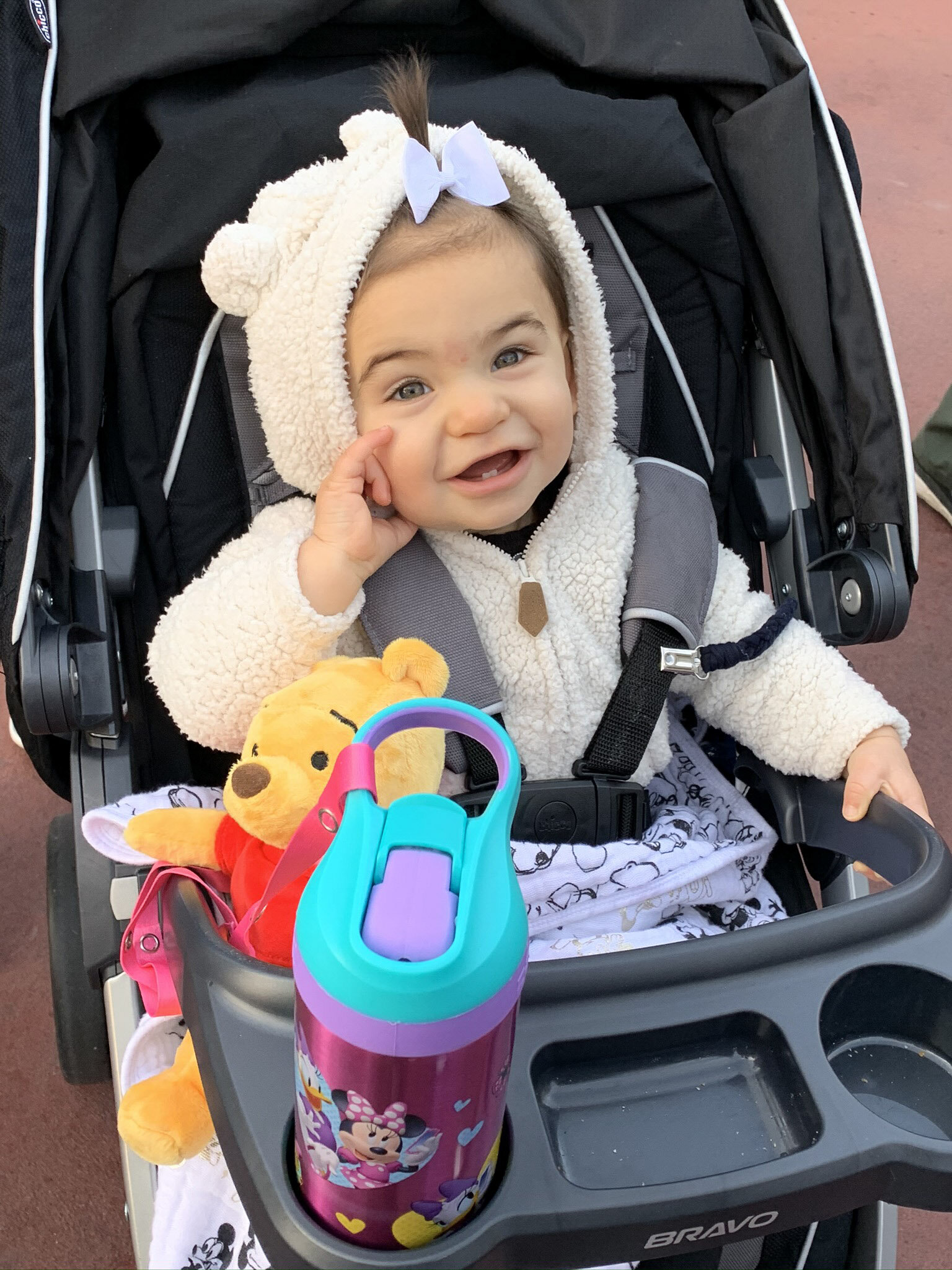
Arm Yourself with Tools and Education for Calming the Nervous System
Planning for vacation necessities is not just about what you pack in your suitcase; it should also include an arsenal of emotional regulation tools. Knowing what anxiety looks like and what is happening in the nervous system when your child presents with anxiety symptoms is crucial.
Learning about the trauma-informed approach to mental health can help the entire family avoid tense moments on your trip and in everyday life. The basis of this approach is the science behind how our nervous systems respond to adverse events – big or small, emotional or physical – and try to keep us safe any time those original incidents are triggered by something happening around us now. When you learn about what’s going on with your child’s nervous system when they are showing signs of anxiety, you feel less responsible for fixing the problem and more empowered to help them feel safe again. This knowledge can transform the way you parent, whether you’re on vacation or not!
As far in advance of your big trip as possible, get regular support in the form of coaching or a safe space where you can interact with other parents and learn more about anxiety. With science-backed tools and emotional reinforcement for yourself, you’ll feel equipped to handle anything that may come up while your family is visiting the parks.
Your vacation may not be entirely anxiety-free (for you or your kids!), but that’s not a dealbreaker. Just like we want to show our kids that how we handle tough moments matters, we can demonstrate to them that triggers do not have to get the best of us and that they are not broken if they experience anxiety. It is one of many messengers that can teach your entire family some critical lessons about emotional awareness and acceptance of the less-than-lovely feelings we all have from time to time.
About The Author
Chelsea Williams is the founder of Big Bad Brainery, LLC, an anxiety coaching service for teens and parents. A former private tutor and test prep expert turned trauma-informed anxiety coach, Chelsea tutored students of all ages in various subjects for over 18 years. She noticed she was doing more mentoring than academic work: helping overwhelmed young people navigate their mental health and personal lives. Not coincidentally, Chelsea also became a stepmom to two preteen girls, one of them suffered from severe mental health symptoms as a teenager. The inadequate solutions offered by the traditional mental health care system inspired her to dive into the world of trauma-informed protocol. As a result, her stepdaughter is now a thriving young adult and Chelsea coaches teenagers and offers support for their parents. She is also a mom to two young boys, ages 13 and 7.
Are you feeling overwhelmed with everything that goes into a Disney vacation?
Planning a family vacation to Disney World can be overwhelming! I understand how you’re feeling, I know all too well how easy it can be at the beginning to start researching online, just to find yourself 3 hours down the line more confused than when you started. But don’t panic! I can help you plan your dream Disney vacation without any of the stress of hassle – starting with the ‘A Disney Trip without Overwhelm, 5 Easy Steps’ Guide. These 5 steps will help keep you focused on organizing the best trip ever while giving you peace of mind that everything will be done, and nothing will be left out.
Discover more:
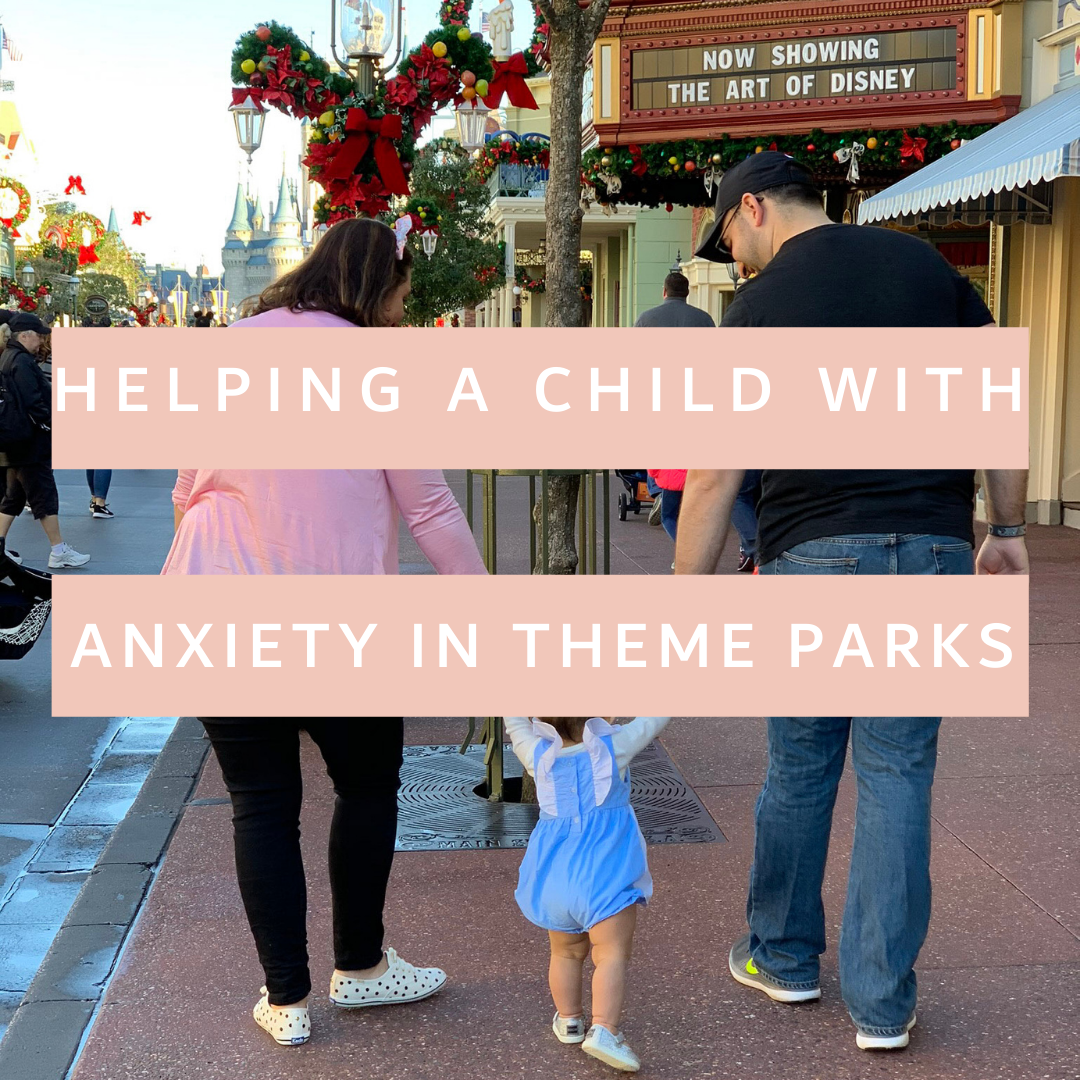
Showcase the World is a participant in the Amazon Services LLC associates program, an affiliate advertising program designed to provide a means for sites to earn advertising fees by advertising and linking to amazon.com. Showcase the World also participates in other affiliate programs and may earn a commission for purchases made through links on this site.